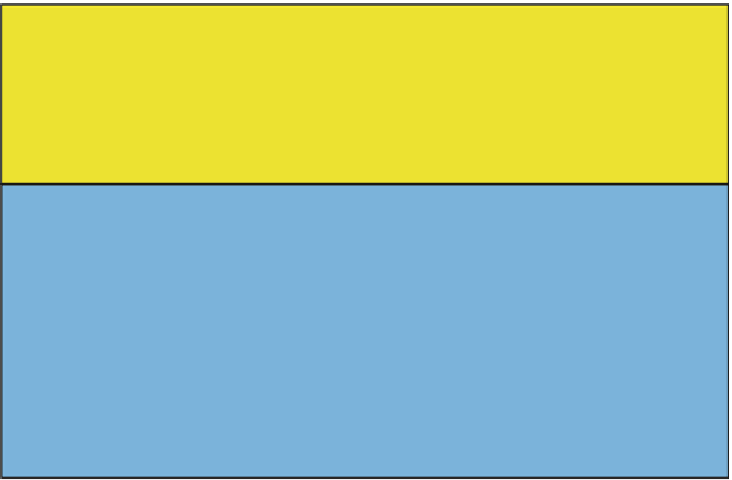Biomedical Engineering Reference
In-Depth Information
Hopkins and McCarty (
1995
) noted that 1,1-DCE toxicity also was observed in laboratory
studies with methane utilizing microorganisms. 1,1,1-TCA was not transformed by additions
of either phenol or toluene.
A recent study at the Moffett Test Facility using butane as a growth substrate evaluated the
potential for 1,1-DCE, 1,1-DCA and 1,1,1-TCA cometabolism (Semprini et al.,
2007a
,
b
;
2009
).
Consistent with earlier observations, the time required for observable stimulation of indigenous
butane utilizers was about 2 weeks, while in the second season of testing this time was reduced
to just a few days, indicating that microorganisms stimulated in the first season of testing were
still present in the test zone. Approximately 80% of 1,1-DCE was transformed, but no evidence
for 1,1-DCA or 1,1,1-TCA was indicated. The results suggest transformation product toxicity
likely resulted from 1,1-DCE cometabolism.
Larger scale demonstrations of
in situ
TCE treatment also have been conducted at Edwards
AFB through the stimulation of indigenous toluene utilizers (McCarty et al.,
1998a
). Ground-
water contaminated with 500-1,200
m
g/L TCE was treated
in situ
through the pulsed injection
of pure toluene and concentrated hydrogen peroxide to give time average concentrations of
3.8-13.4 mg/L toluene and 29-44 mg/L DO. Groundwater was circulated between two con-
taminated aquifers through two treatment wells located 10 meters (m) (30 feet [ft]) apart
(Figure
8.2
). Each well was screened at two depths, with a submersible pump installed in
between. An
in situ
bioactive zone was created in the aquifer around the discharge screen of
each treatment well. The demonstration showed that effective long-term treatment within the
contaminant plume could be achieved with removal of 97-98% of the TCE.
Despite the successful demonstrations at both the Moffett Test Facility and Edwards AFB,
cometabolic treatment of TCE through toluene- or phenol-induced cometabolism has not been
Toluene plus peroxide
Toluene plus peroxide
meters
0
Monitoring wells
Treatment
well
Treatment
well
4
Vadose zone
8
12
Bioactive
zone
Pump
16
Aquitard
Pump
20
Lower aquifer
24
10 Meters
Figure 8.2. Well recirculation system that can be applied to bioaugmentation systems for aerobic
cometabolism (from McCarty et al.,
1998a
).





































































































Search WWH ::

Custom Search